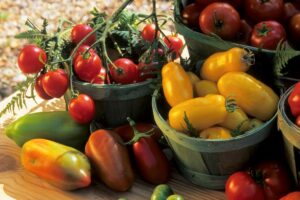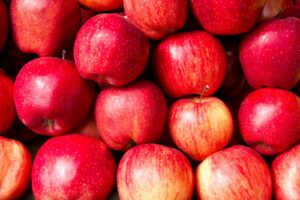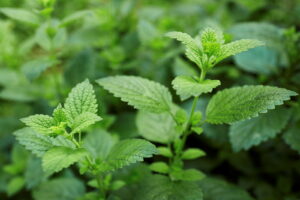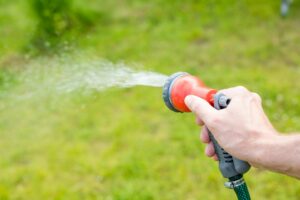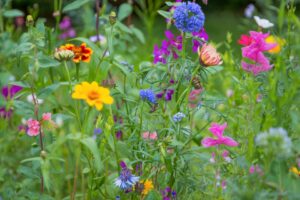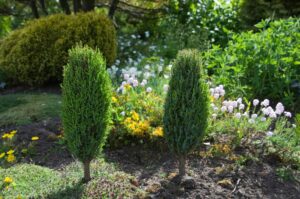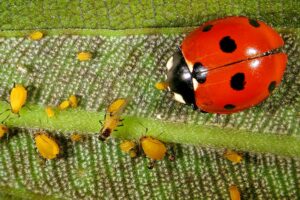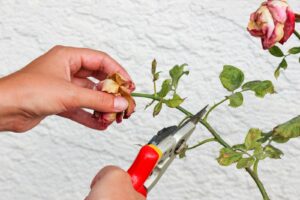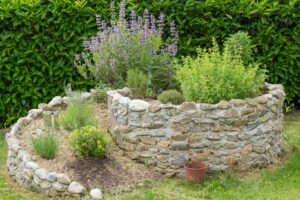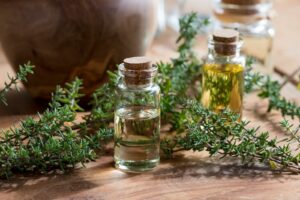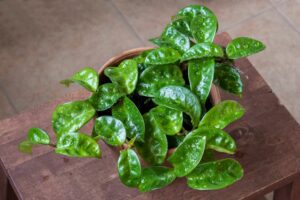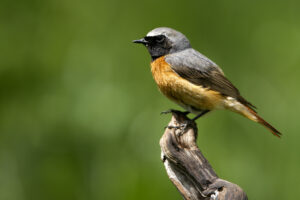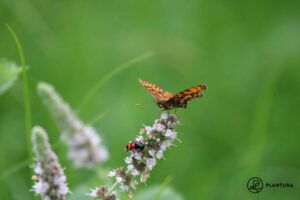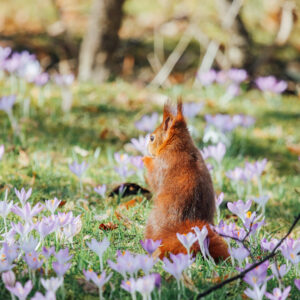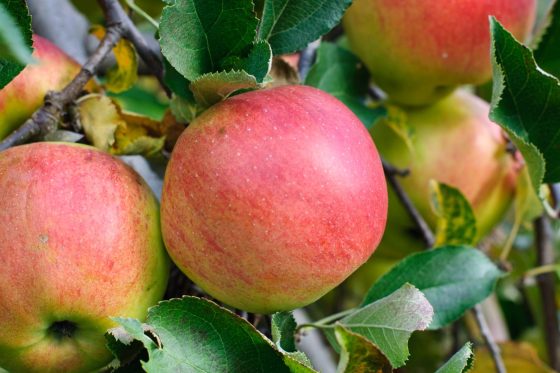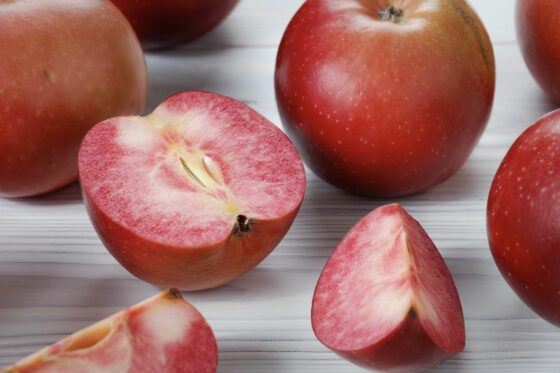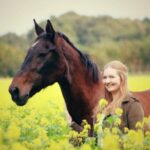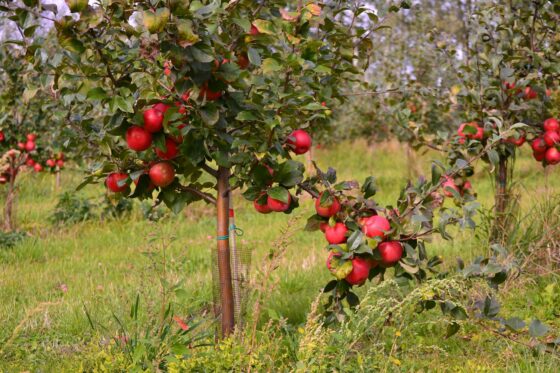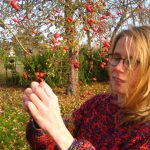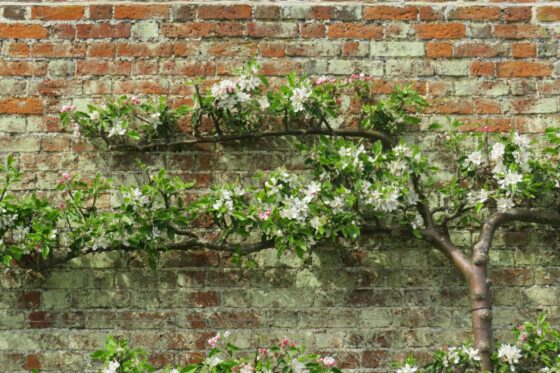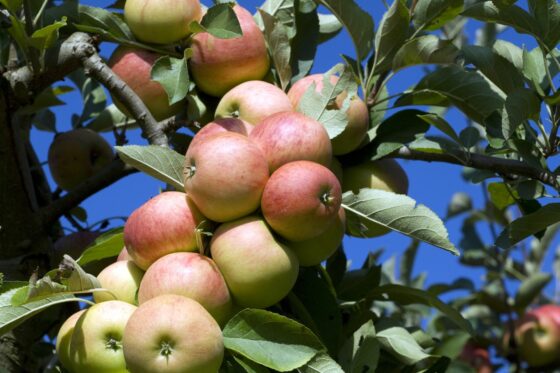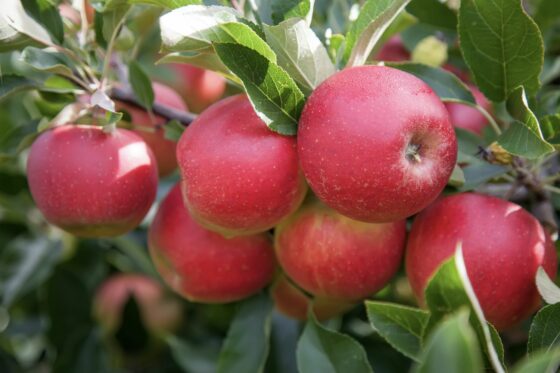Belle de Boskoop apple: cultivation & care
What do ‘Boskoop’ apples taste like? And when is it time to harvest this apple variety? Here we will answer all your questions about the ‘Belle de Boskoop’ apple tree.

The apple variety ‘Belle de Boskoop’ (Malus ‘Belle de Boskoop’), also called ‘Goudrenet’, ‘Goudreinet’ or ‘Goudreinnette’, is a classic winter apple. It belongs to the Rennet apple family and has long been a classic variety among the heritage apples (Malus domestica). And no wonder! The tree is easy to grow and the fruits are a delight, especially for fans of sour apples. In this article you will find our top tips for growing ‘Belle de Boskoop’ trees.
Contents
‘Belle de Boskoop’ apple: profile
| Synonym | 'Goudrenet', 'Goudreinet' or 'Goudreinnette' |
| Fruit | Large; yellow base colour with red on sunny side |
| Taste | Juicy, intense, tart |
| Yield | Medium high and fluctuating; late onset |
| Harvest time | Mid-October to November |
| Ripe to eat | December-April |
| Shelf life | Very good; can only be stored until April |
| Growth | Very vigorous |
| Climate | Low demanding; also thrives in cold and foggy climates and at high altitudes; not reliably frost-hardy |
| Pests and diseases | Low susceptibility to canker, apple scab, browning; susceptible to core rot, fire blight; sensitive to copper spray |
History and origin
The ‘Belle de Boskoop’ originated as a chance seedling in 1856 in the Netherlands, more precisely in the town of Boskoop. A century later, the ‘Boskoop’ was a widespread standard apple variety on the Continent. In 1923, a bud mutation was discovered in Germany: the so-called ‘Boskoop Red’. This resembles the ‘Belle de Boskoop’ in all characteristics, only the skin is coloured differently from the original.
What flavour do ‘Boskoop’ apples have?
The most impressive thing about ‘Belle de Boskoop’ apples is their sheer size: each fruit can weigh up to 200g. They are round in shape but can sometimes be irregularly angular. The basic colour of the apples is yellow, only the sunlit side turns reddish. This is why they are sometimes called ‘Green Boskoop’. The skin of the fruit is usually covered with a rough texture, but this does not detract from the delicious taste of the apples. The flesh is firm and juicy at first, later it turns mushy. The apples have a typically tangy taste and an intense flavour.
‘Boskoop’ apple tree: tips on planting and care
The ‘Boskoop’ apple tree differs from other apple varieties in some respects. In the following section you will learn what is important to consider when choosing a location and caring for the tree.
‘Boskoop’ prefers a bright location; too much shade will affect the yield. A humid location, for example near a body of water, is ideal. This apple tree feels most at home in warm locations, though it can also be grown in cooler areas, provided it has as much shelter from the wind as possible. When it comes to soil, ‘Boskoop’ prefers well-drained and moist conditions. The tree is happiest in chalky and heavy soils. Too many nutrients will only harm the yields, so a soil with just a moderate nutrient content is ideal.
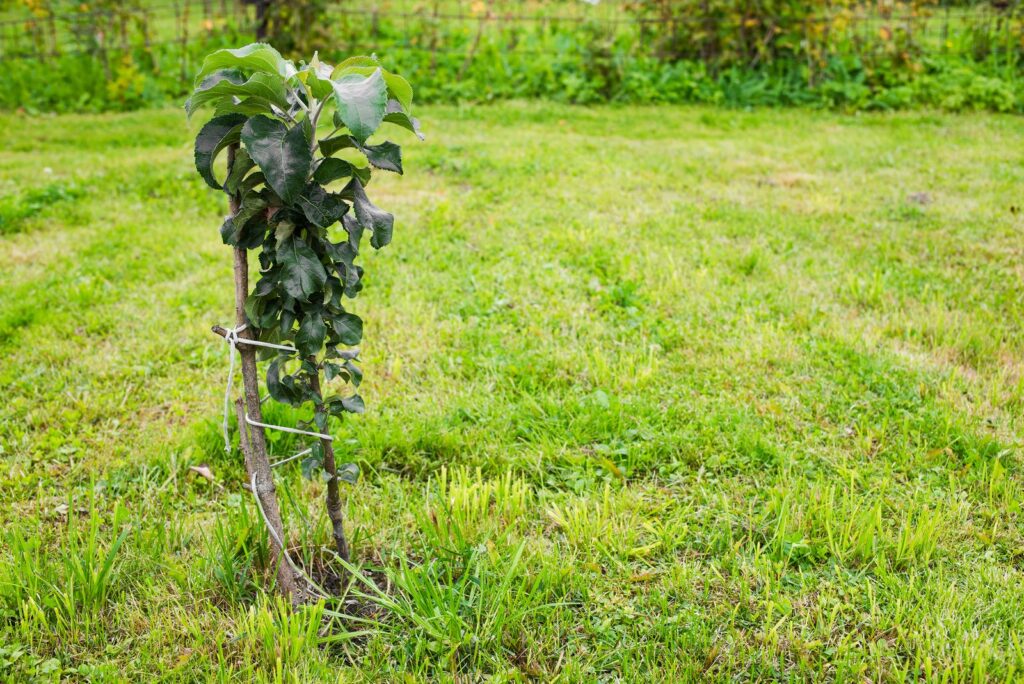
What is the ideal location for a ‘Boskoop’ apple tree?
- Sunny to partial shade
- Humid
- Protected from the wind in cool climates
- Moist, well-drained soil
- Chalky and heavy soil
- Moderate nutrient supply
‘Belle de Boskoop’ is extremely sensitive to drought. So, make sure to water regularly, especially on hot and dry summer days. A layer of mulch around the tree can help to retain moisture in the soil for longer. To keep the soil sufficiently alkaline, apply lime once a year in autumn. ‘Boskoop’ does not like too much fertiliser – so fertilise moderately. In the first year after planting, there is no need to fertilise. In the following years, fertilise once in spring with compost or a natural fertiliser with a long-acting effect. We do not recommend mineral fertilisers, however, as they can easily lead to over-fertilisation. Our Plantura All Purpose Plant Food is a plant-based fertiliser, which supplies the tree with all the essential nutrients sustainably over an extended period, would be ideal.

- Perfect for a variety of plants in the garden & on the balcony
- Promotes healthy plant growth & an active soil life
- Long-lasting fertiliser that is free from animal products - child & pet friendly
As with all apple trees, annual pruning is recommended for the ‘Belle de Boskoop’. The apple tree also needs pollinators nearby to be able to fruit. These should be apple trees that flower at the same time, such as ‘Cox Orange’ or ‘James Grieve’.
‘Belle de Boskoop’ apple tree care:
- Sensitive to drought
- Lime once a year
- Fertilise moderately
- Regular pruning
- Pollinators that flower at the same time are needed nearby
Harvesting ‘Belle de Boskoop’ apples
‘Boskoop’ apples are ready to harvest from mid-October until November. It is important not to pick the apples too early, as this significantly shortens their shelf life.
This is how to identify ripe ‘Boskoop’ apples:
- Skin changes colour
- Easy to pick
- Stem comes off easily when turned
- The apple cores are brown

Use and storage
Those who like particularly sour apples can enjoy ‘Boskoop’ apples straight after harvesting. As a typical winter apple, the fruit must first be stored for some time before it develops its full flavour. Ripening takes from December to April. It is best to store the apples boxed in single layers in a dark place at 3 to 4°C with high humidity. In these conditions, the apples can be stored until April. Due to their high acidity, ‘Boskoop’ apples are excellent for baking and preserving. For more helpful tips, read our article on harvesting and storing apples.
A good match for the ‘Belle de Boskoop’ is the apple variety ‘Beauty of Wiltshire’. This is also a robust and undemanding variety but has a sweeter taste so is ideal for enjoying fresh from the tree.
